This post is about the Helium Network, a decentralized, blockchain-based solution for the Internet of Things (IoT) that relies on LoRaWAN technology. The Helium Network enables IoT devices to connect to each other in a cost-effective and energy-efficient manner, while offering incentives in the form of cryptocurrency, called Helium Network Tokens (HNT), for those who participate in the network as miners. I will share my experiences with Helium mining and deploying IoT devices on the network, discuss business models and use cases for different players, and compare to other LoRaWAN networks such as The Things Network (TTN). If you’re interested in IoT, cryptocurrencies, or decentralized technologies, this is the place for you!
My experience with helium mining and IoT devices
For several months I went among the helium miners. I bought a hotspot with antenna, installed it on my balcony. As a hobby, the topic is definitely great. It’s fun to build IoT devices and connect them to your own hotspot.
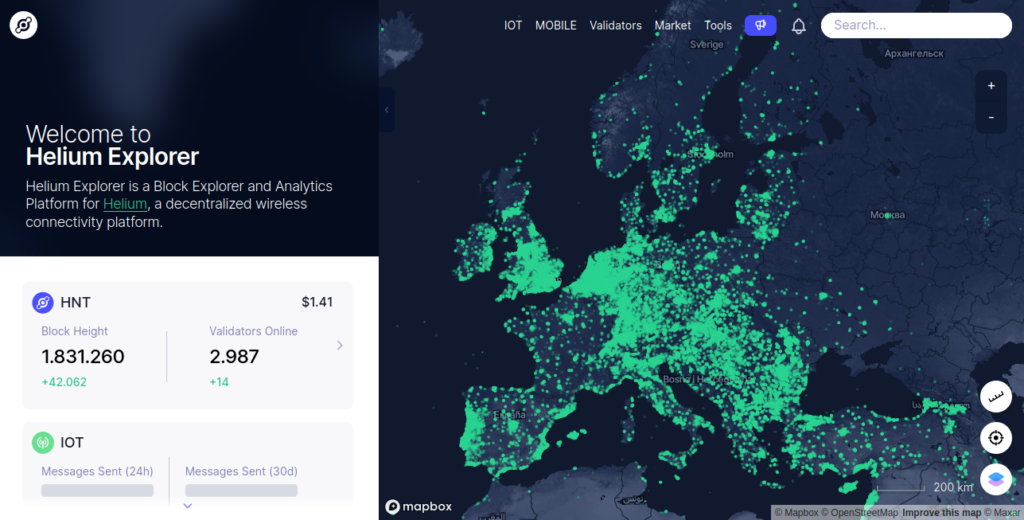
Helium’s cryptocurrency is called “Helium Network Tokens” with the abbreviation “HNT”. My earnings were far below my expectations in the first month. Current time, I make about 2 HNT in earnings per month. At peak times, that would be up to $100. However, with the current rate, that is about 3$. Financially, it is not worth it with the current rate purely for mining. However, it can be worth it if you use the technology for IOT use cases.
Helium business model and user groups
You won’t get rich quickly and easily with helium. But that’s not what helium mining is for. Helium covers a global network of LoRaWAN gateways that can be used to build exciting business models. The price for using the Helium network is so attractive that it is worthwhile to operate IoT devices via this network.

There is a simple calculator on Helium’s website. For a device sending a data packet every 10 minutes, the annual cost of networking would be about $0.53. That’s worlds apart when you compare the cost of that network to the cellular network. On the cellular network, as a hobby developer, I would have to shell out €5-10 per month per sensor for a sim card. Of course, you can also use W-LAN or Bluetooth, but the sensors must always be within range of a receiver.
IoT companies and sensor manufacturers
Sensor manufacturers have an interest in ensuring that their customers can easily set up and use the devices. Helium’s LoRaWAN network is particularly well suited for networking because it has very good coverage. The setup is not very technically complex, and the application server can be fully controlled via the web interface.

The Helium website lists some industrial use cases. But my impression is that Helium is not yet as strong with these. The list of companies using Helium is not impressive. That is due to the reason, that Helium is still new and has not found adoption yet.
The prices for hobby developers and industrial users of the Helium LoRaWAN network apply the same conditions. The uniform price per package applies and no gradations in quality (e.g. via SLA levels).
Comparison to “The Things Network” (TTN): There is The Things Industries for industrial use cases. Here, there is a “Free” plan for up to 10 devices. If you want to scale up, the price for the next level with up to 1000 devices is 190€ per month. However, availability is also guaranteed in the form of an SLA.
Hobby developers and helium: possibilities and limitations
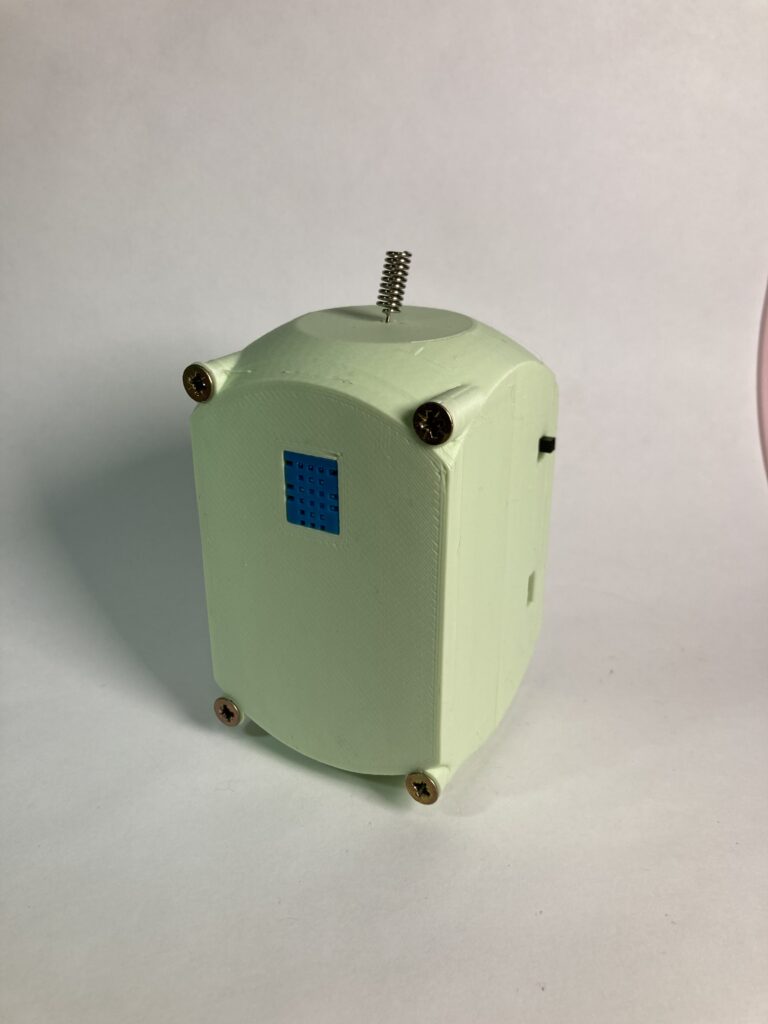
I myself am a hobby developer and I enjoy putting my sensors somewhere and collecting data to do something creative with. Recently I built a small weather station that can run on batteries and that I can put somewhere. On batteries alone, the sensor can run for several weeks and reliably sends data to my MQTT instance. I visualize the data in my Home Assistant.
Sensor users ideally don’t want to have a big barrier to entry. It’s straightforward to log into Helium Console, buy Data Credits, and start networking devices.
Comparison to “The Things Network” (TTN): TTN offers a free possibility to use the LoRaWAN network in the community variant. The fair-use policy applies. What it finally means depends on many parameters (like size of payload). A small calculation example:
So while for a 1% maximum duty cycle it may send another packet after waiting 12.3 seconds, when sending all day long then on average it may only send this packet on this data rate once every 354.6 seconds, or 5.9 minutes.
Fair Use Policy Explained
As a hobby developer, you can cope with this limitation, but you also quickly reach the limits. With Helium, this would be an annual cost of about $0.88 per year. As a developer, you have to decide for yourself and see which network meets your requirements better.
Helium Mining and Crypto Enthusiasts
Of course, there are also the enthusiasts who are convinced of decentralized systems. With Helium, not only does a decentralized network come into play, here you can create value with mining in the form of network coverage. All miners on the Helium network increase and improve the coverage of the network. When companies or users of the Helium network send data packets through the miners’ Helium gateways, the miners earn additional money from the data packets. With the help of Helium, you can create passive income with network coverage and data packets.
Importance of antenna position for mining success
The position of the antenna is crucial for good revenues. It is possible to operate a LoRaWAN antenna indoors, but here the revenues become vanishingly small. An outdoor antenna is recommended, where the height is ideally above the buildings in the surrounding. If this is the case, good revenues can be generated.
Since all revenue of all hotspots is public, you can get a good idea of how big the influence of the antenna position is. My antenna is mounted on my balcony. However, my apartment is on the second floor and the antenna is therefore below the roofs of my neighborhood. Additionally, my hometown Schwetzingen is located in the Upper Rhine lowlands.
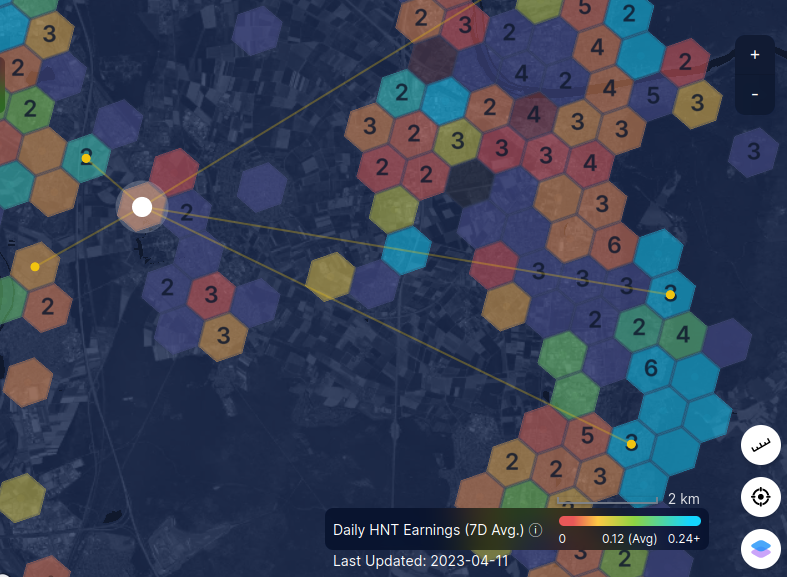
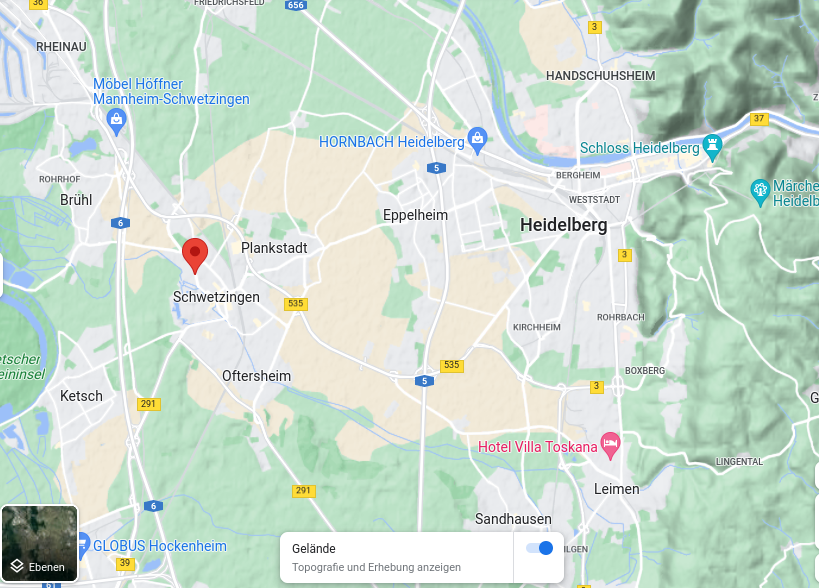
If you look in my area, Leimen is nearby. The city is located behind Heidelberg and is situated on the slope of the Upper Rhine lowlands in an elevated position. The LoRaWAN gateways in Leimen have clearly above-average revenues (blue marking). In Schwetzingen, on the other hand, which is located in the valley, the revenues are below average (red or yellow marking). Before considering helium mining, one should definitely investigate the Helium Explorer and the possible position of the antenna well.
Devices and accessories for the helium network
Hotspot / Gateway
The actual hotspot is a rectangular box with LAN, antennas and power connection. In my case, my device is from RAK/MNTD. It is a Raspberry Pi which has a LoRaWAN concentrator. When you buy it, everything is set up and as an end user you just have to wire it up properly, set up the app and you’re done.

The hotspot can also connect via WLAN. In my experience, however, it is not recommended in the long run because the connection via WLAN is less reliable than via LAN and you might have connectivity problems as a result.
Antenna
A small antenna is included with the hotspot. However, it is not sufficient to operate the gateway and generate revenue. I bought an additional antenna, which is not perfect, but serves the purpose.
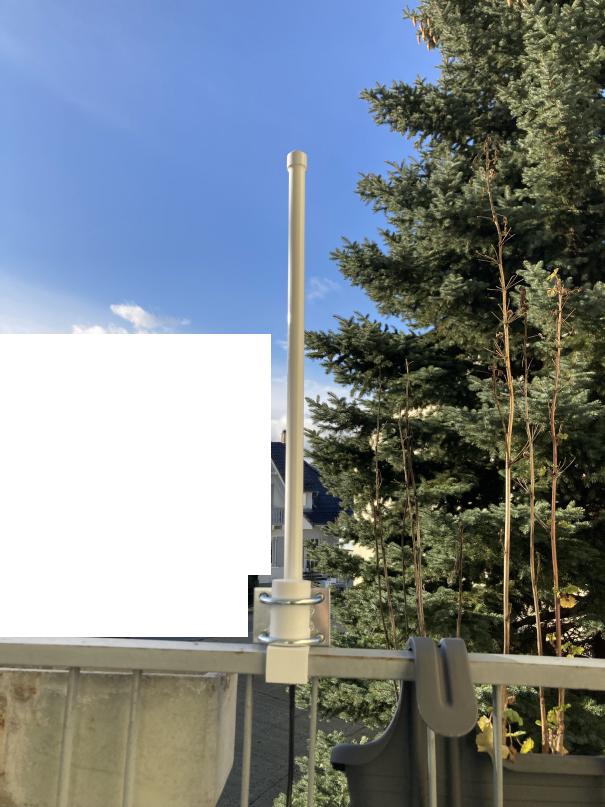
I attached the antenna to the balcony and connected it to the gateway. I modeled the antenna mount and shared it here.
Cable
The biggest difficulty I had was with the antenna cable. My balcony door has no holes or other possibilities for laying the antenna on the balcony.
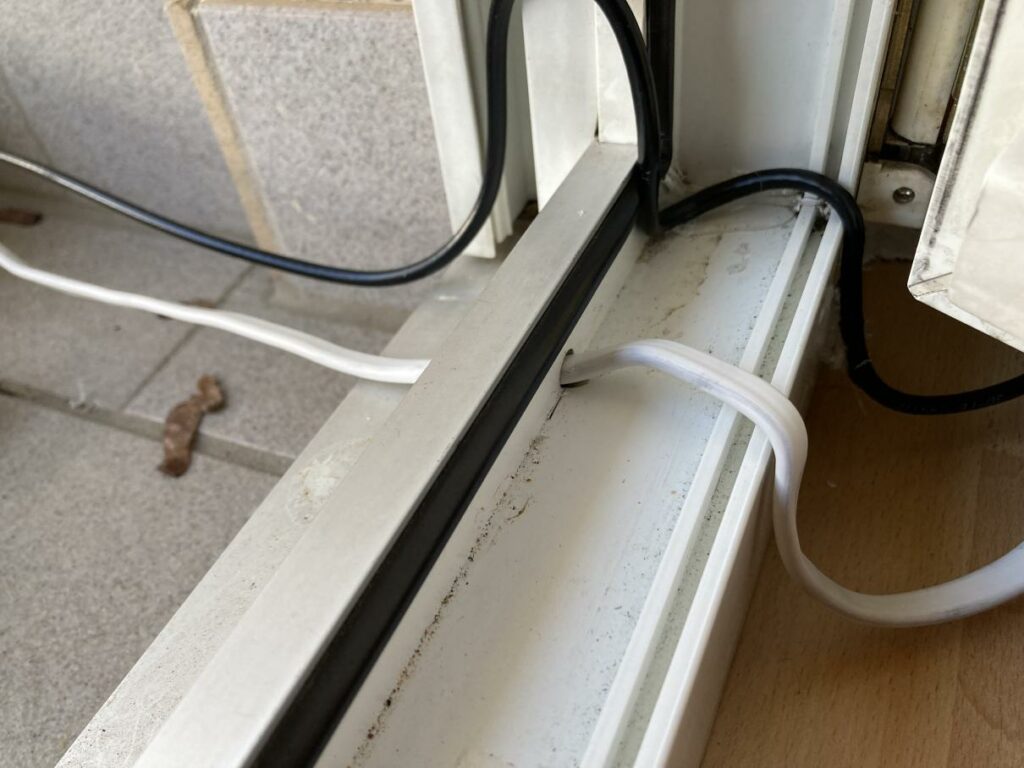
I had to be very creative to somehow manage to get the stiff cable through the balcony door without breaking it. With a fixation with hot glue it worked in the end. I am not satisfied with it, but it works.
Helium Console: Managing IoT devices and data flows
If you want to build IOT sensors with Helium, you need an application server, which receives the data from the sensor (e.g. weather station) via the LoRaWAN gateways and forwards it to a target system (e.g. MQTT instance of a smart home dashboard). For Helium, the Helium Foundation provides the Helium Console as the first entry point.
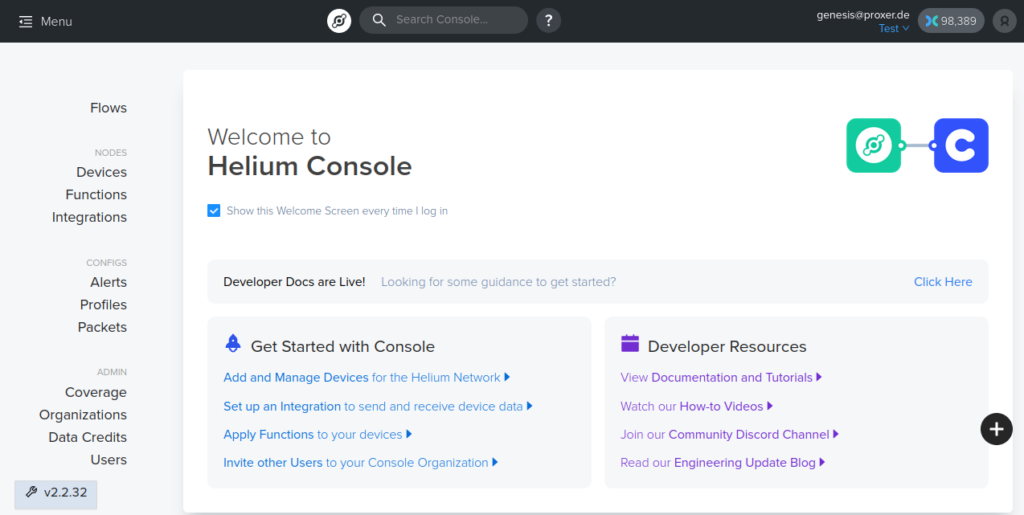
Here you can define your devices. Debug the sensor data. One can define what should happen with the data. It is the interface between the sensors and the result in the form of dashboards or other data sinks. What I find particularly remarkable is the “Flows” page.
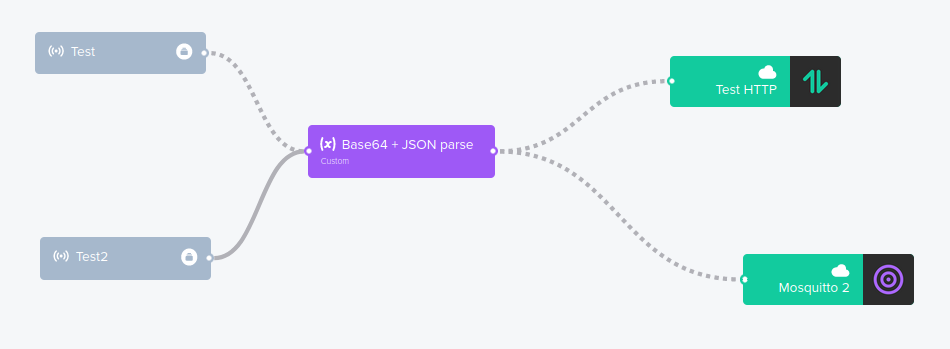
Here you can see graphically how data is processed and where it ends up. I defined two targets for my devices here. One is a debug application where I can store and retrieve all HTTP requests with all parameters, and the other is my Mosquitto MQTT instance connected to my smart home dashboard.
Integration of Helium into a Smart Home Dashboard
I monitor my hotspot, revenue and sensor data in my smart home dashboard.
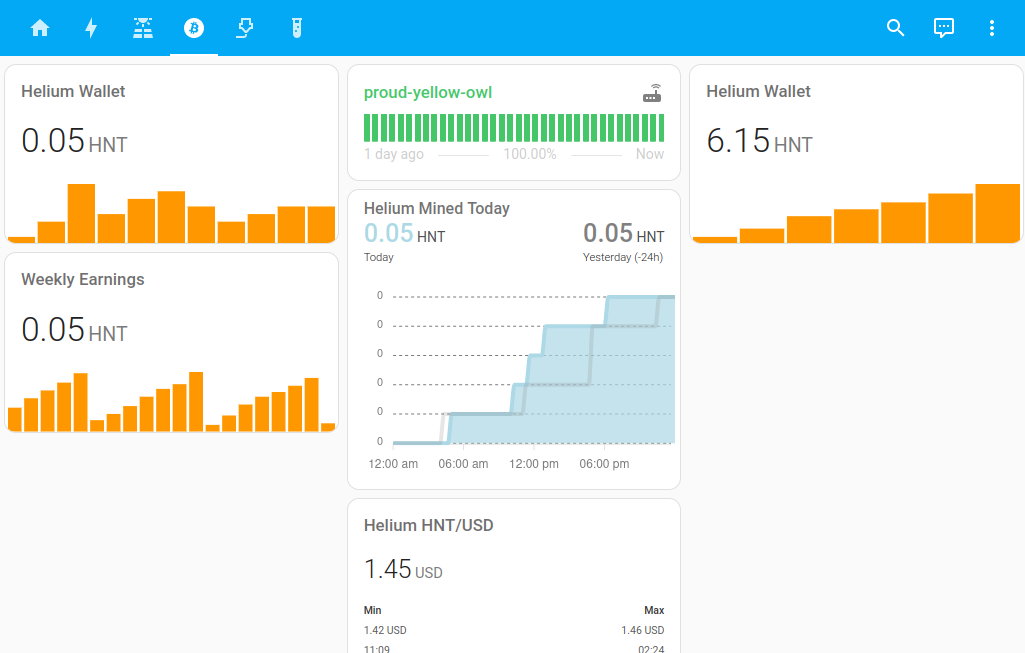
I can always see if my hotspot is having problems. I used this Home Assistant integration.
My LoRaWAN sensors send me the data from my weather station to my dashboard as well. I can have sensors in different rooms.

I am still working on the visualizations, but this simple data already supports daily optimal ventilation of the apartment.
Future projects and perspectives
What’s next? I will definitely continue to build mobile sensors. It’s so exciting what you can build with them. My goal is to build sensors that can run on batteries for months or years and send data to the LoRaWAN network when placed anywhere in the world. Follow me on Twitter to be informed about my latest blogposts!